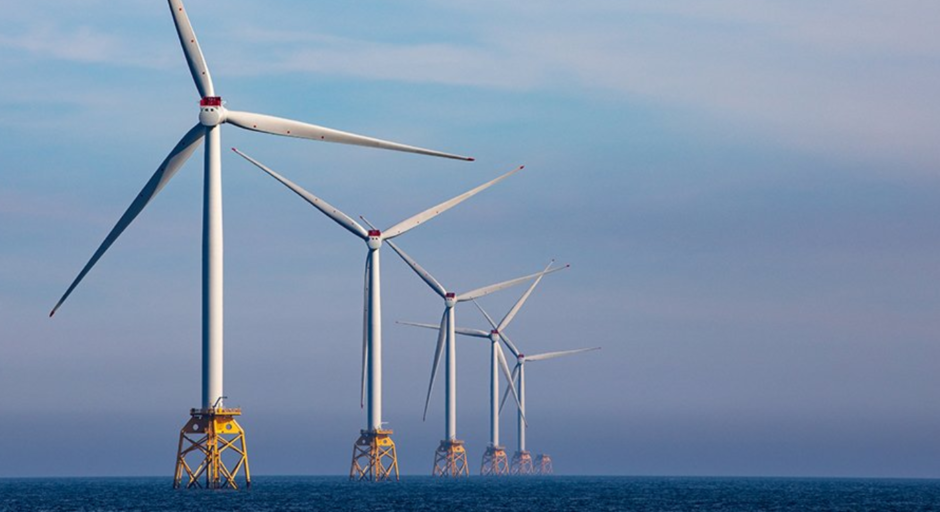
With more installed capacity than any other country, the UK is a global leader in offshore wind.
It currently powers the equivalent of 4.5 million homes each year and it is expected to generate more than 10% of the UK’s electricity by 2020, according to RenewableUK.
The reason behind the growth of offshore wind power is simple: it’s a key element in renewable energy policy and plays a pivotal role in the battle against climate change.
Offshore wind power offers a clean and renewable source of energy that harnesses the power of the wind over the sea. It is renewable, unlimited and non-polluting.
And like the offshore oil and gas industry, offshore wind power comes with its own set of unique health, safety and medical requirements.
Offshore wind farms tend to be installed in areas of the sea where winds are strongest.
This means maintenance can be very challenging.
Three metre swells are common in the North Sea, making access to the turbines very difficult. And of course this can be further exacerbated at certain times of the year when extreme weather can intensify already challenging conditions. The turbines themselves can be as tall as 80 metres, which people performing maintenance could be required to climb.
This is why equipment design and operating methods – together with training and supervision in the use of safe methods of work – are essential to minimising the risks that are inherent in this type of work.
But fitness is the most important factor. It is essential to ensure that those who carry out maintenance on the turbines are fit for task, specifically at the pre-employment stage because once on the job, the role tends to aid people’s fitness.
A fitness assessment will exclude anyone who would be unfit to climb an 80 metre turbine on a regular basis, though it’s worth noting that most people would self-select for this type of employment. And it almost goes without saying that a head for heights is crucial.
For those already in the role, further things to consider are any ergonomic risks, such as working positions and climbing, extremes of heat and cold, eyesight and hearing. It’s also important to have a contingency plan in place should someone become unwell at the top of a turbine as evacuation could be very challenging.
Follow-up medical assessments, conducted every two years, are required to ensure people continue to be fit for task.
Any company involved in this sector should form a strong partnership with an Occupational Health provider, not least because they are required to assess the risks to the health and safety of their employees and others who may be affected by their work activity, according to the Management of Health and Safety at Work Regulations 1999.
Employers need to identify and assess workplace hazards to health, and monitor and review the health of their workforce. This is why Occupational Health should be integrated into health and safety management strategies and Health Surveillance should be undertaken by an HSE-appointed doctor.
An Occupational Health provider can also advise on the provision of first aid and medical emergency services; on health education and promotion and on rehabilitation after illness or injury.
Offshore wind power is growing, which is why it is vital to ensure the health and safety of the personnel involved as demand increases.
Recommended for you
